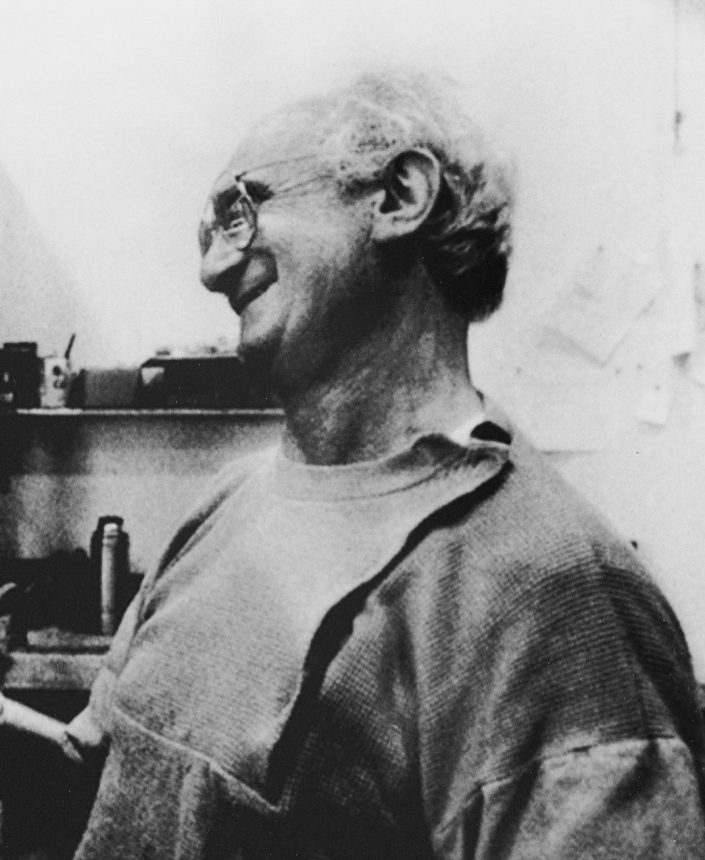Anton PRINNER
Январь 5, 2019Léopold Séménovitch SINAIEFF-BERNSTEIN
Январь 5, 2019Натан РАПОПОРТ
ВАРШАВА 1911 – НЬЮ-ЙОРК 1987
Натан Рапопорт родился в ортодоксаль- ной семье, с детства изучал Тору. Когда отец заболел, он оставил школу и начал работать, чтобы обеспечить семью. В 1927 году Рапопорт изучал скульптуру в местной художественной школе. В 1936 году получил стипендию, благодаря которой смог уехать учиться во Францию и Италию. В том же году он получил первую премию художественно- го конкурса за свою скульптуру «Игрок в тен- нис». Однако он отказался выставлять свои скульптуры в нацистской Германии и был исклю- чен из конкурса.
В 1938 году Рапопорт получил ещё одну сти- пендию, которая позволила ему учиться в Школе изящных искусств в Париже. Когда нацистская армия захватила Польшу в 1939 году, он бежал в СССР. Советские власти сначала выделили ему мастерскую, но потом вынудили стать рабочим. После войны он вернулся в Варшаву, где посе- щал Школу изящных искусств. Потеряв всю свою семью во время войны, Рапопорт посвятил свою работу памяти Холокоста. В 1949 году он уехал жить в Израиль. Десятью годами позже эмигрировал в США и поселился в Нью-Йорке. Жил между Израилем и США. Умер в Нью-Йорке и был похоронен в Петах-Тиква в Израиле.
Stories of Jewish Artists of the School of Paris 1905-1939
FRENCH-ENGLISH
Capitale des arts, le Paris des années 1905-1939 attire les artistes du monde entier. De cette période de foisonnement, un terme est resté, celui d'Ecole de Paris, qui recouvre une grande diversité d'expression artistique. Dans ce brassage dont Montparnasse est le creuset, un groupe se distingue : celui des artistes juifs venus de Russie, de Pologne et d'Europe centrale. Si leurs styles sont variés, un destin commun les rassemble : ils fuient l'antisémitisme de leur pays d'origine. Certains ont connu la célébrité dès les années 1920, tels Soutine, Lipchitz ou Chagall. D'autres n'ont pas eu le temps ou la chance d'y accéder. Près de la moitié a péri dans les camps de concentration nazis.
From 1905 to 1939, Paris attracted artists from all over the globe as the capital of the art world. This period of artistic proliferation became known as the School of Paris, and includes a great diversity of artistic expression. Within the teeming art world centred on Montparnasse, one group set itself apart: Jewish artists from Russia, Poland, and Central Europe. Although their styles were diverse, they shared the common fate of fleeing anti-Semitic persecutions in their home countries. Some became famous in the 1920s, such as Soutine, Lipchitz, and Chagall, while others did not have the time or the luck to gain renown. Nearly half of these artists died in Nazi concentration camps.





